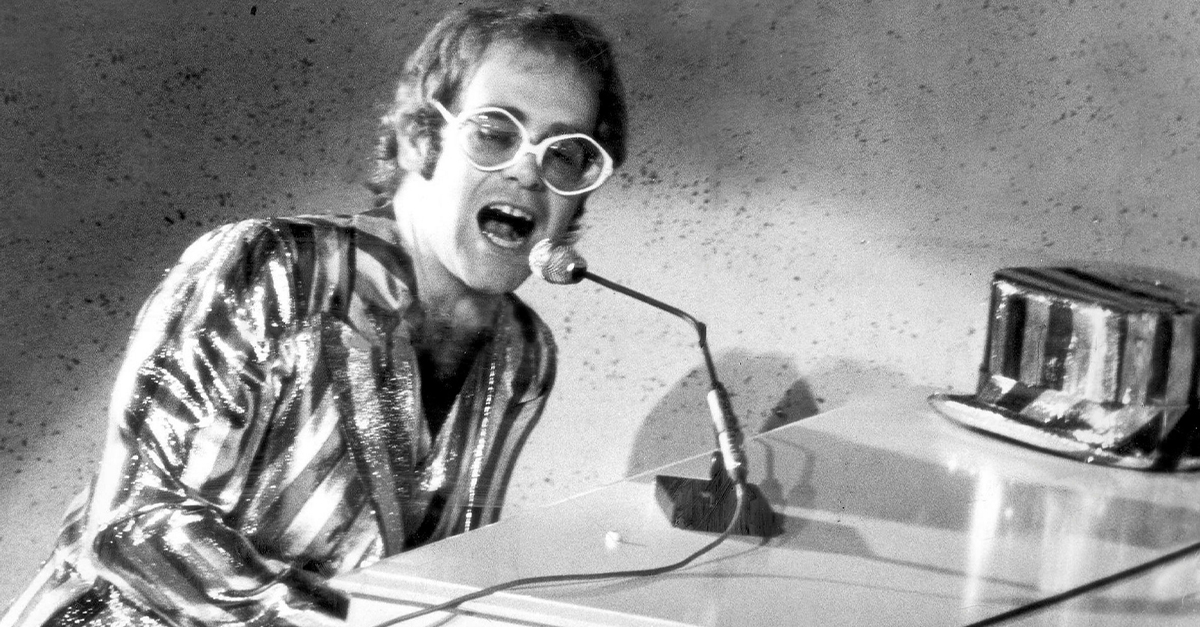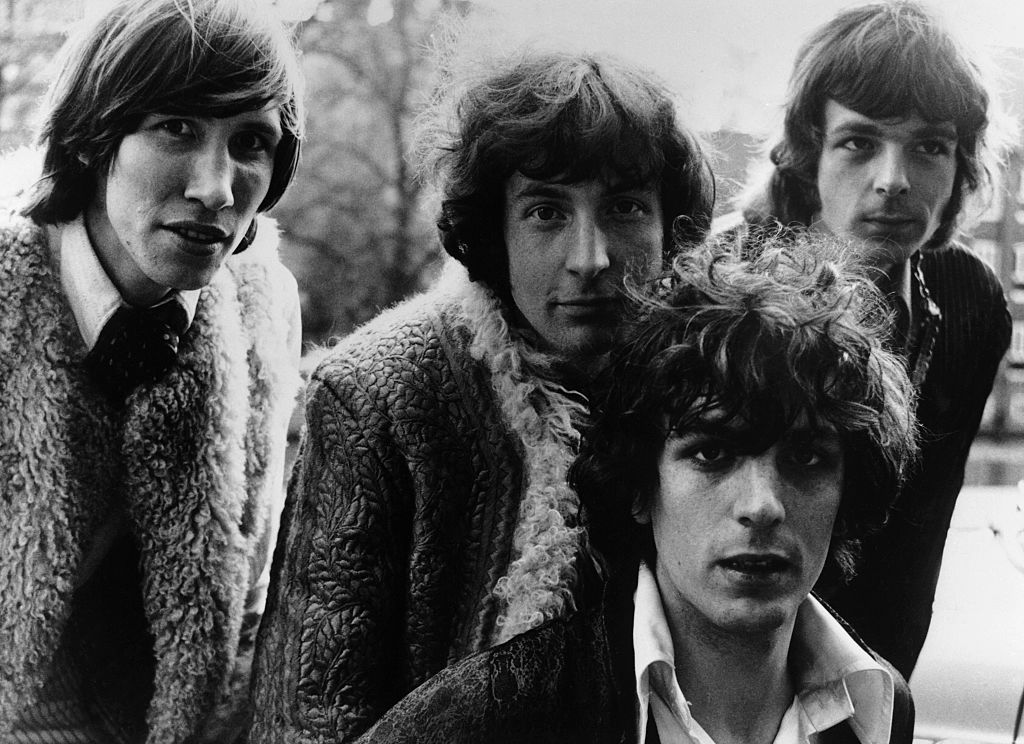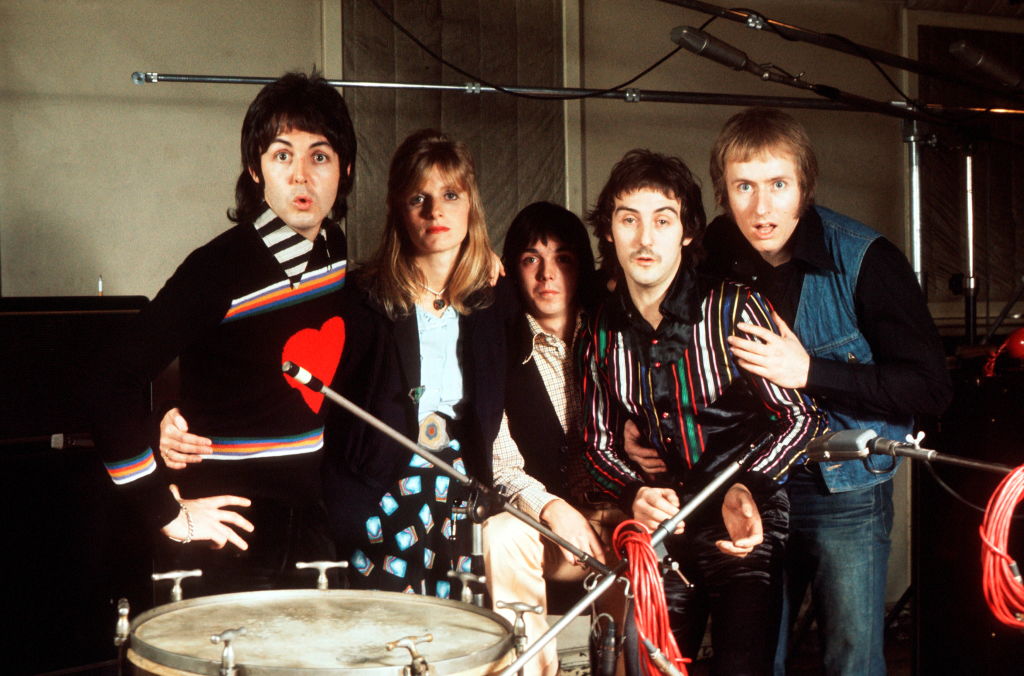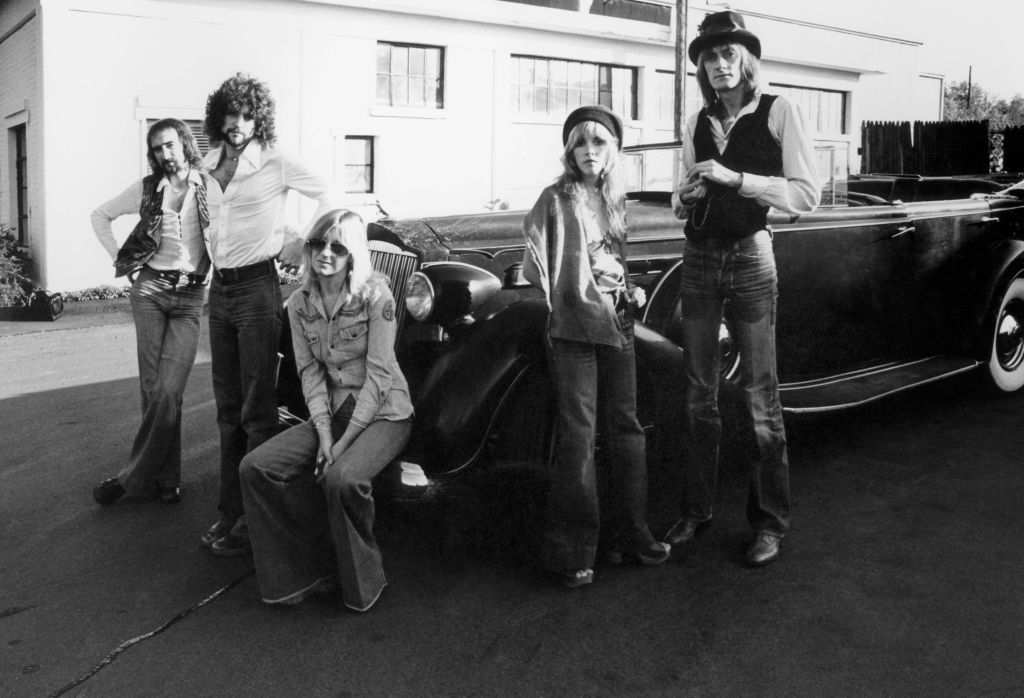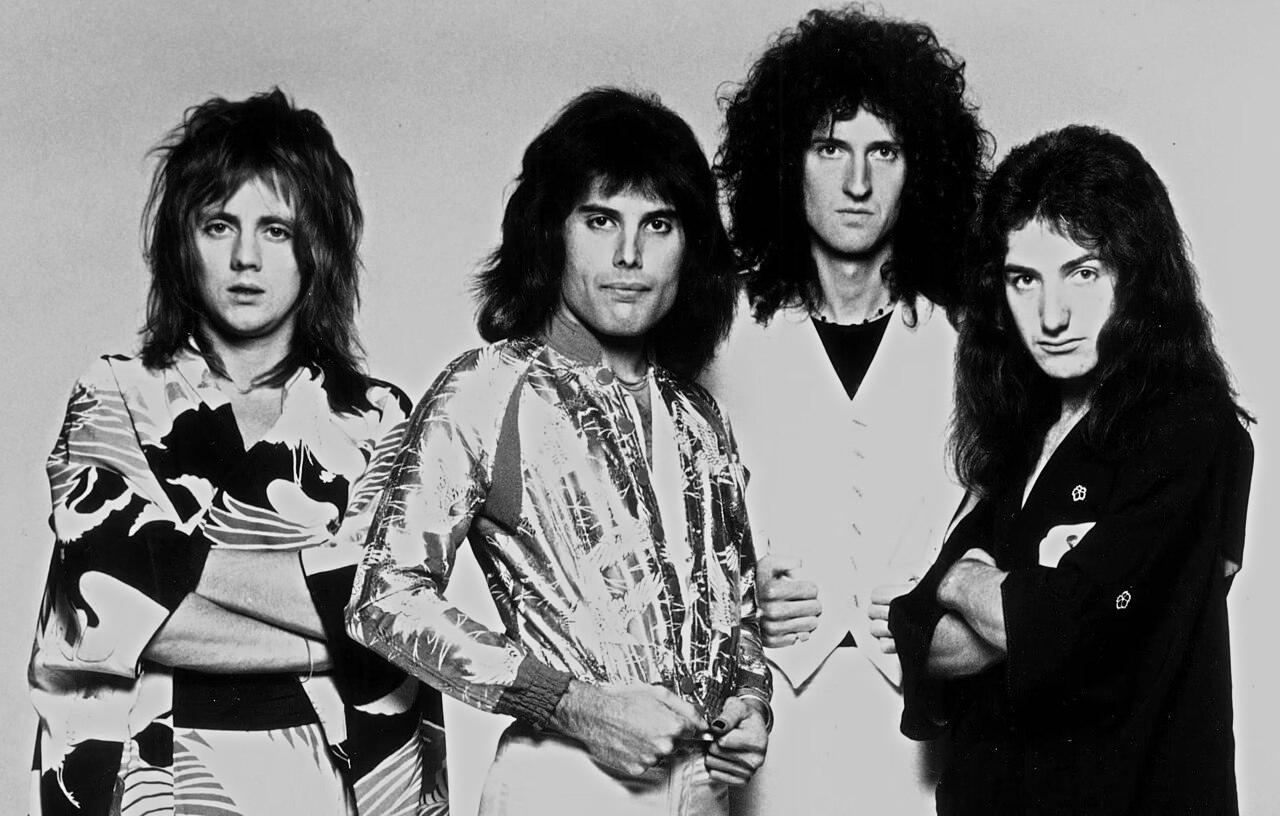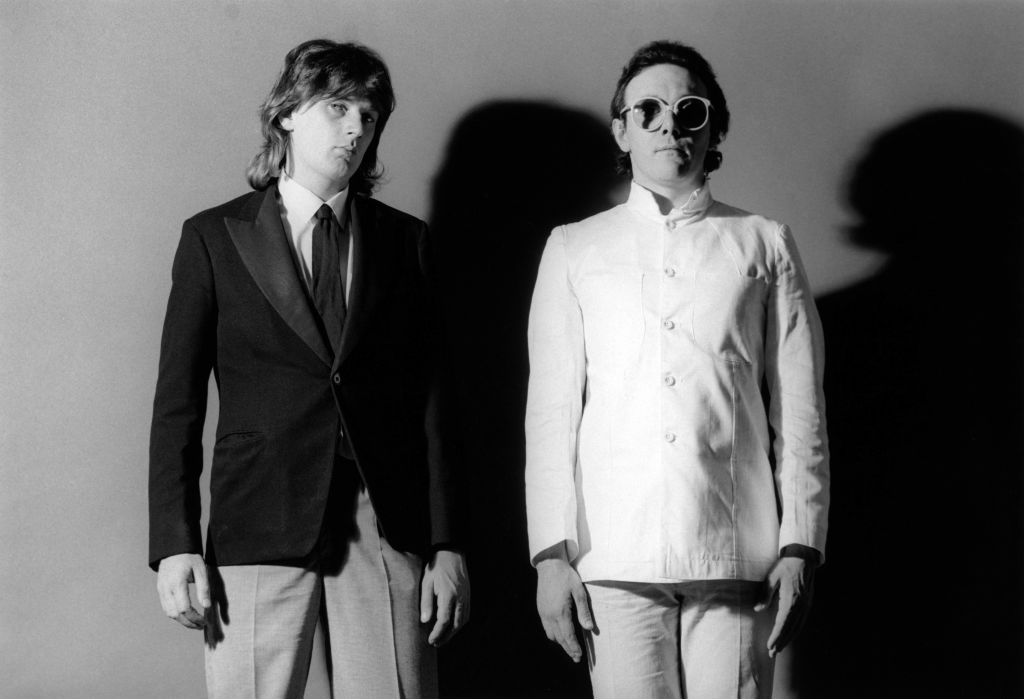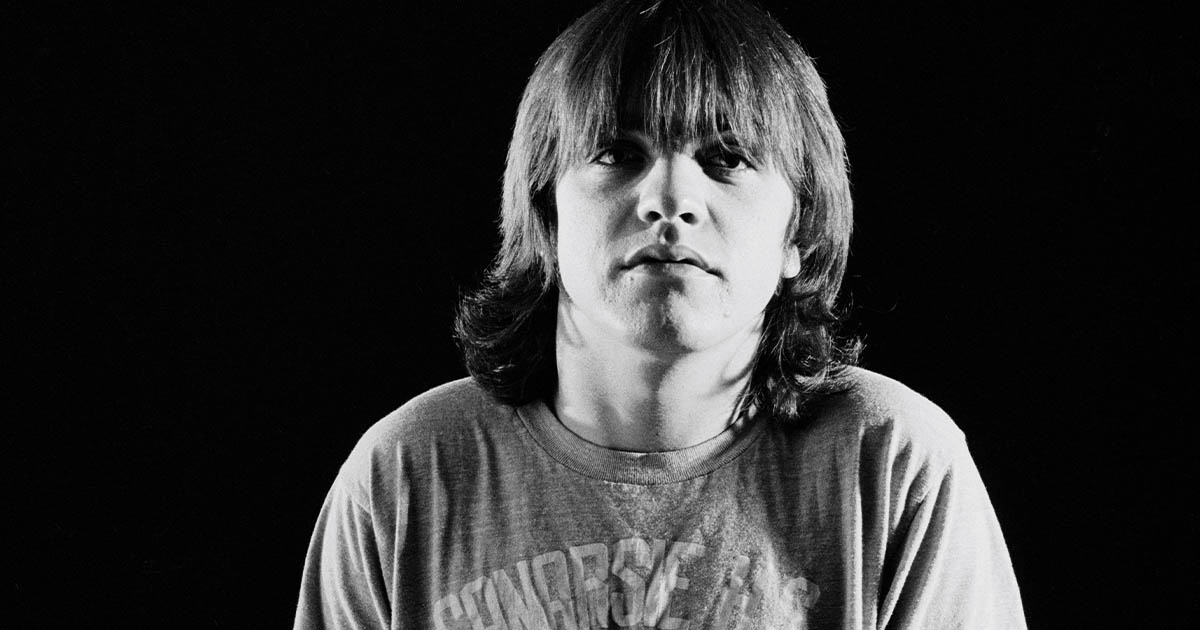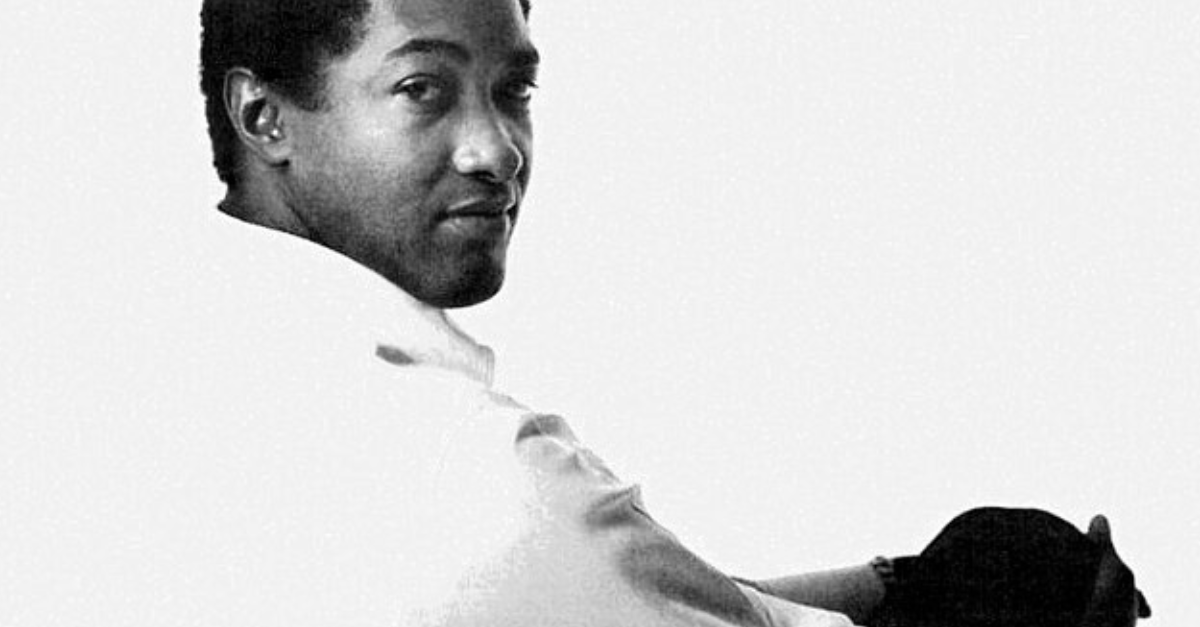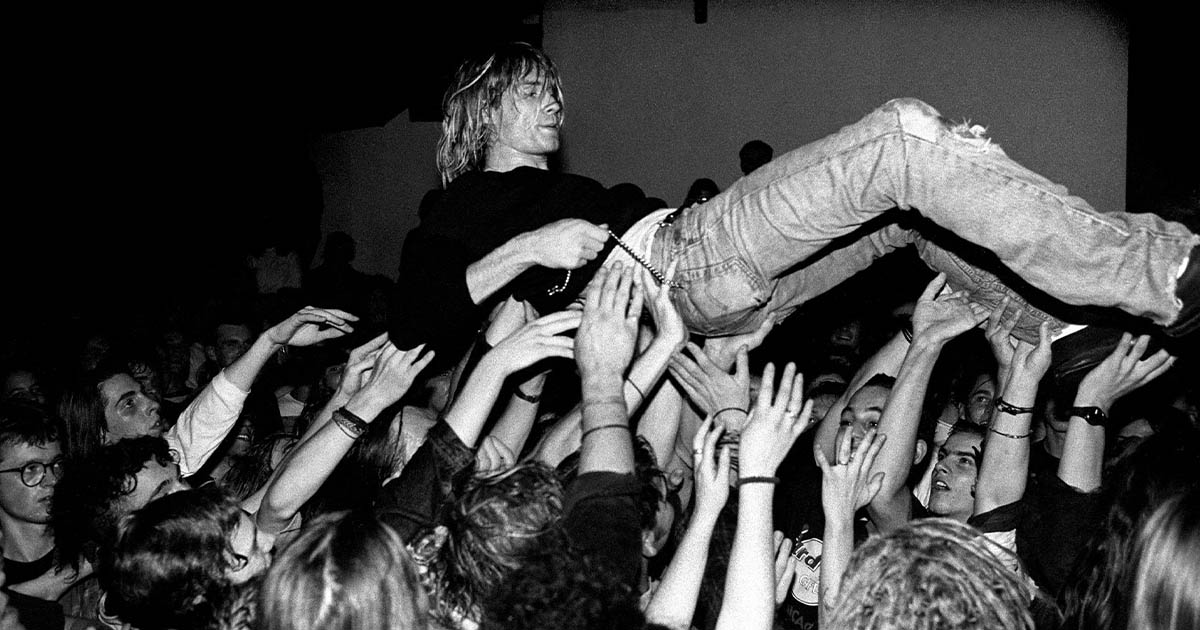Unforgettable Hits Of The 1970s
The 1970s stand out as a decade for so many reasons: the colors, the styles, the hair—everything was a bit extreme, a bit over-the-top. The music of the 1970s was revolutionary. Starting with the folky singer-songwriter movement and the symphonic complexity of prog rock, to disco, punk, heavy metal, and new wave, the 1970s was one of the most musically diverse decades of the 20th century. These are some of the most unforgettable moments of 1970s music.
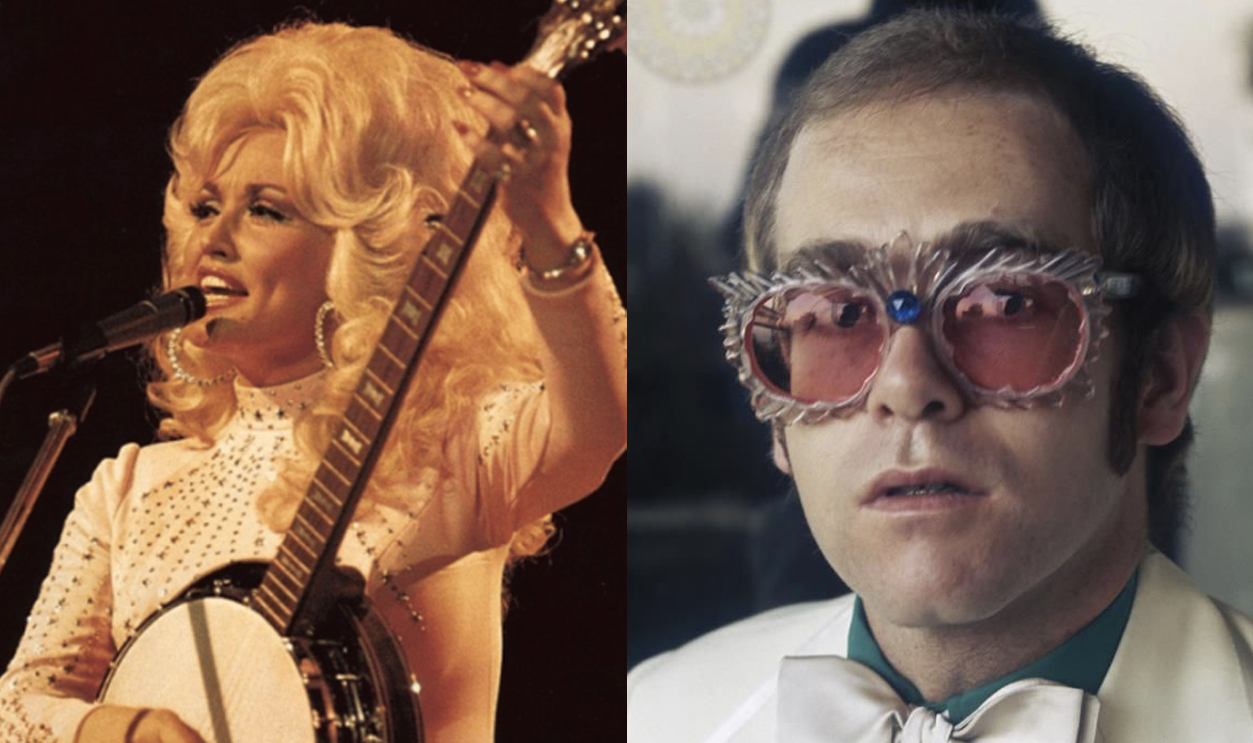
Pink Floyd, “Another Brick In The Wall (Part 2)” (1979)
Pink Floyd is one of the most successful bands of all time, selling over 250 million records worldwide and they did so without having any major hits. It wasn’t until 1979, with the release of their concept album The Wall, when Pink Floyd unexpectedly went to #1 on the US charts with “Another Brick In The Wall (Part 2)”. The band rarely focused on singles but the record company wanted to promote the record and released this as a single, capturing the mood of the time.
Led Zeppelin, “Stairway To Heaven” (1970)
Another wildly successful band from the 1970s who also eschewed releasing singles, Led Zeppelin’s “Stairway To Heaven” nevertheless managed to become an iconic theme for the 1970s. Never actually released as a single, and clocking in at 7:55, “Stairway To Heaven” was a staple on album-oriented rock radio and became the band’s signature song. Its length, drama, and mystical lyrics defined an era of heavy music and stadium rock.
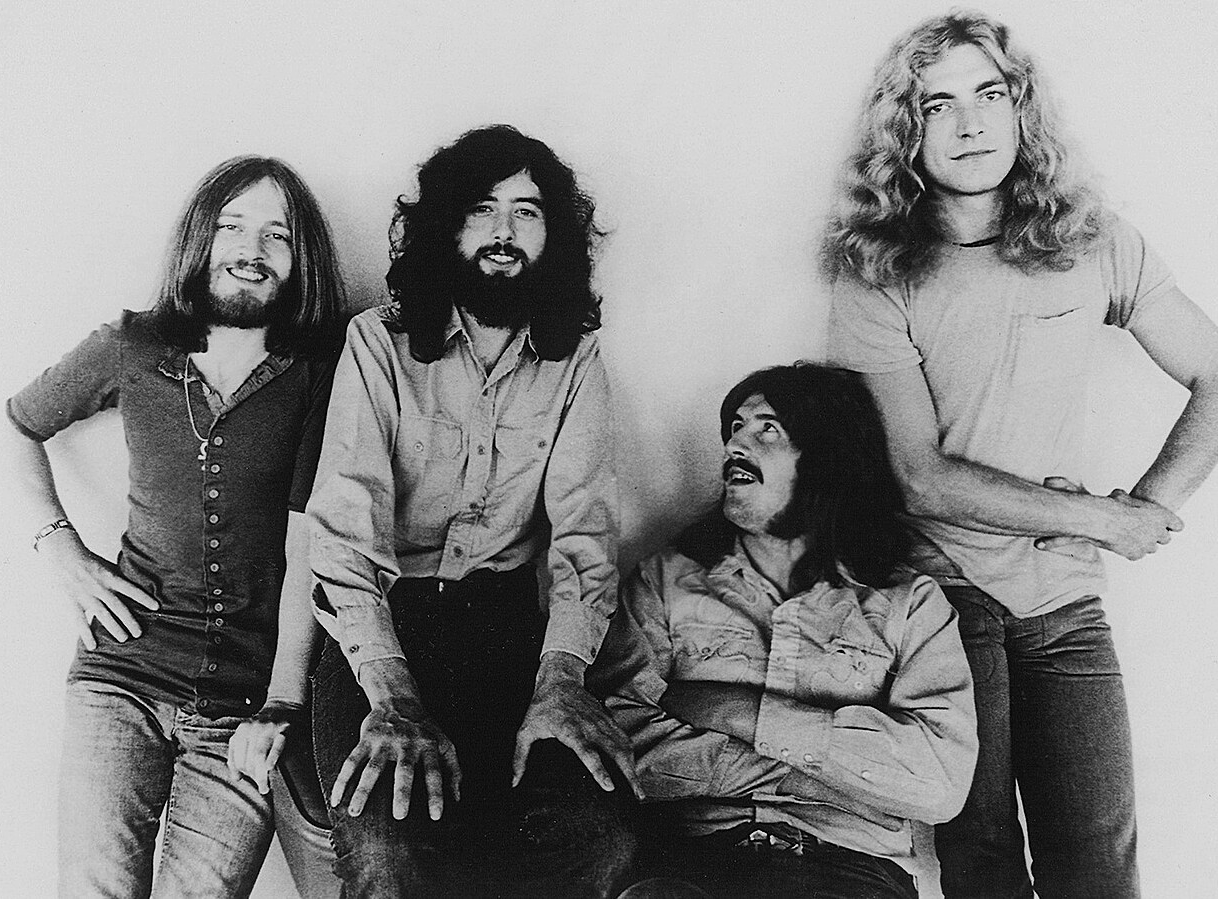 Atlantic Records, Wikimedia Commons
Atlantic Records, Wikimedia Commons
Prince, “I Wanna Be Your Lover” (1979)
Before Prince’s 1980s breakthrough, he had released a number of albums of critically acclaimed funk. In the middle of the disco era, Prince’s music was heavier and earthier and “I Wanna Be Your Lover” was his first hit, peaking at #11 on the Billboard Hot 100. It introduced audiences to sounds he would continue producing into the 1980s and beyond while creating something that stood out from the disco hits, dominating US radio.
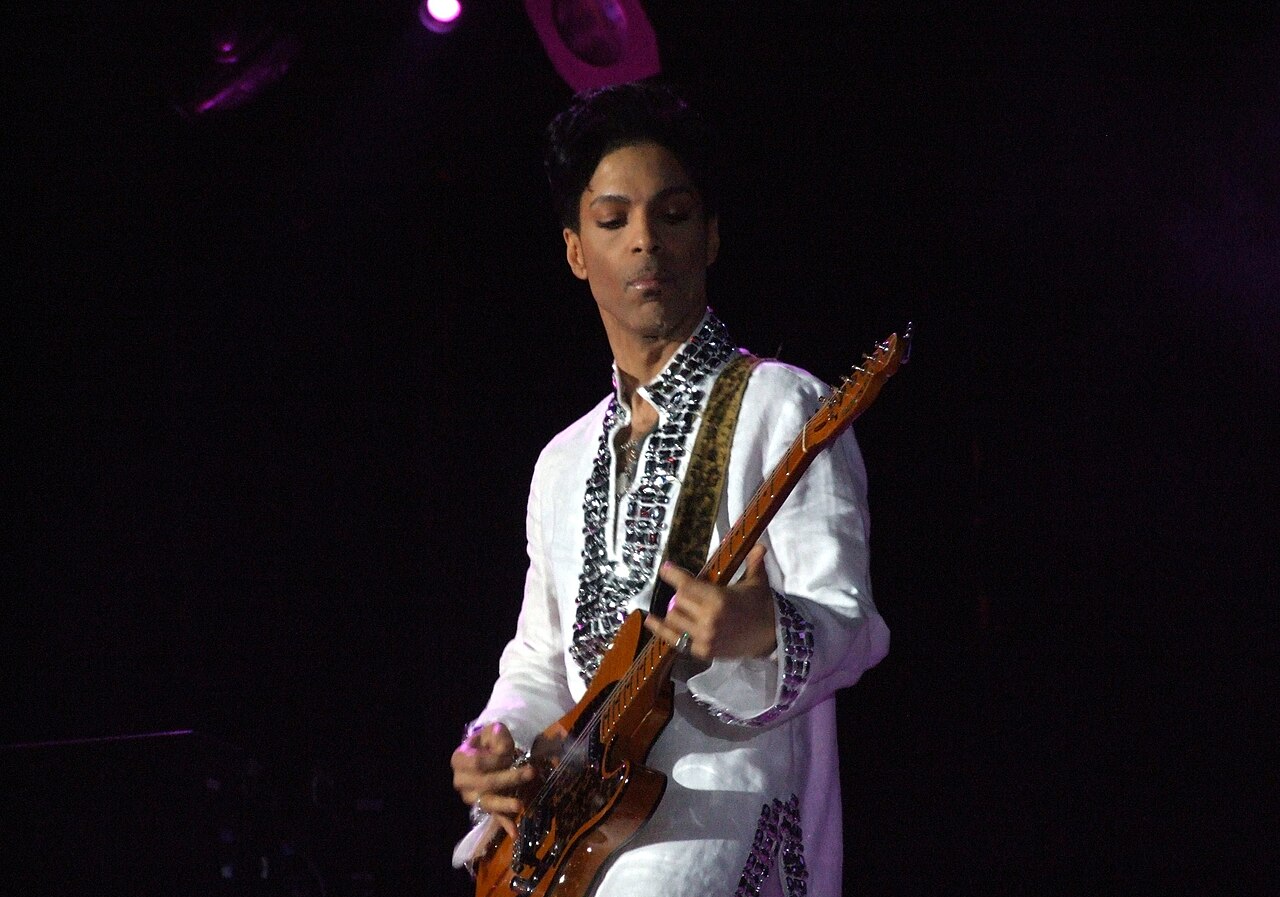 penner, CC BY-SA 3.0, Wikimedia Commons
penner, CC BY-SA 3.0, Wikimedia Commons
George Harrison, “My Sweet Lord” (1970)
George Harrison as a songwriter was always overshadowed in The Beatles by the more prolific Lennon-McCartney writing team and by the late 1960s, Harrison had a backlog of songs not chosen for Beatle albums. As if to go out of the way to show the world what he was capable of, Harrison released a triple album, All Things Must Pass, and its lead single, “My Sweet Lord”, was the first #1 hit for any solo Beatle. A spiritual song about seeking a higher power, “My Sweet Lord” was a key moment for the post-Beatle world of the 1970s.
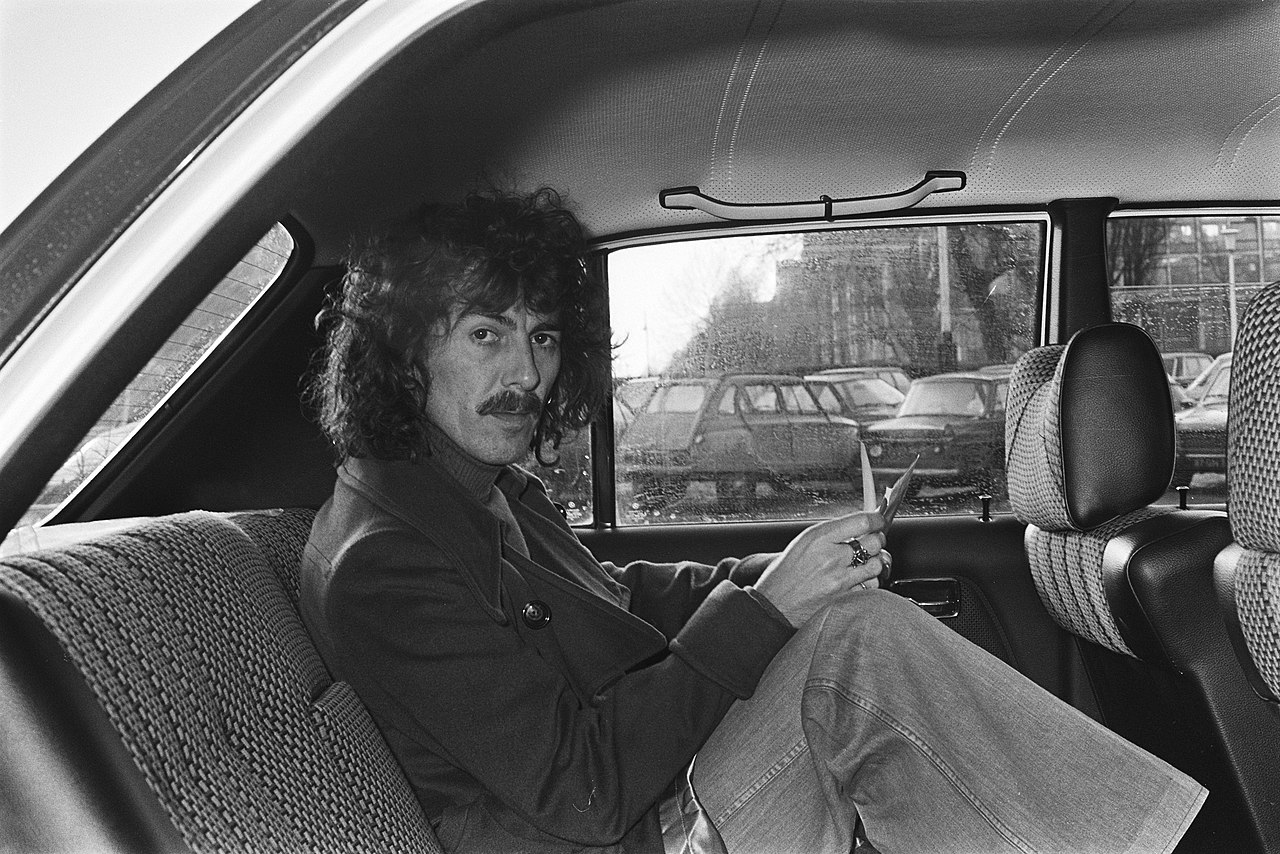 Koen Suyk / Anefo, CC0, Wikimedia Commons
Koen Suyk / Anefo, CC0, Wikimedia Commons
Wings, “Live And Let Die” (1973)
Although he was relatively slow to get his solo career going, Paul McCartney decided to form a band, Wings, to get away from his first few albums where he played all the instruments. This coincided with being tasked with a James Bond theme and here we see McCartney in his element. A rocker, “Live and Let Die” quickly re-established McCartney at the center of the rock and roll universe.
The Beatles, “The Long And Winding Road” (1970)
Released in 1970 after the breakup, this was the final Beatles single. It was difficult for fans not to read into the song’s sentiments about the past and moving on. A Paul McCartney song, McCartney wasn’t a fan of producer Phil Specter’s over-the-top orchestrations but somehow, when all was said and done, it worked as a fitting end to the biggest band ever.
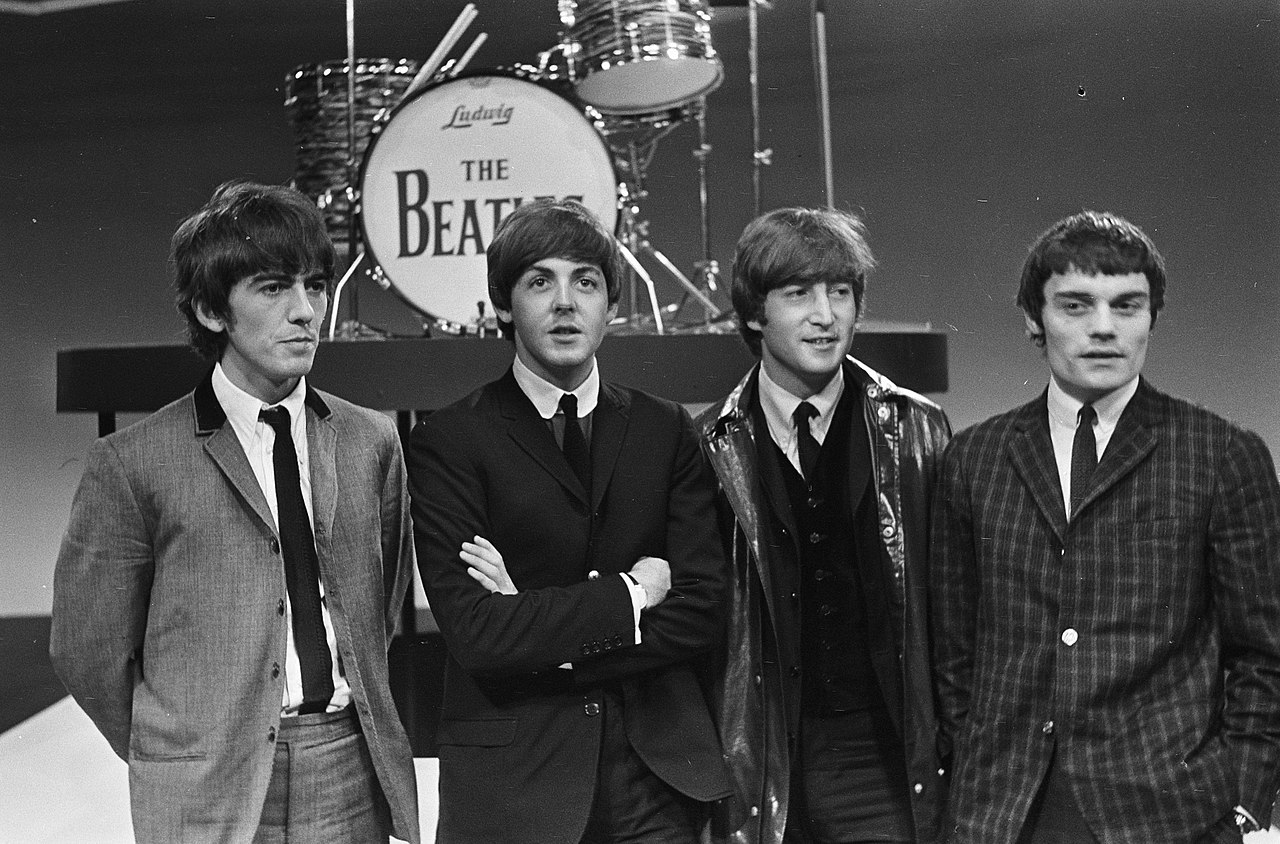 Eric Koch, CC0, Wikimedia Commons
Eric Koch, CC0, Wikimedia Commons
Queen, “Killer Queen” (1974)
This was a turning point for Queen. Leaving behind the heavier material from their first two albums, this was a stylistic shift for the band. Freddie Mercury said it was a “Noel Coward” approach to music, and it paved the way for the more theatrical and dramatic music for which Queen became legends.
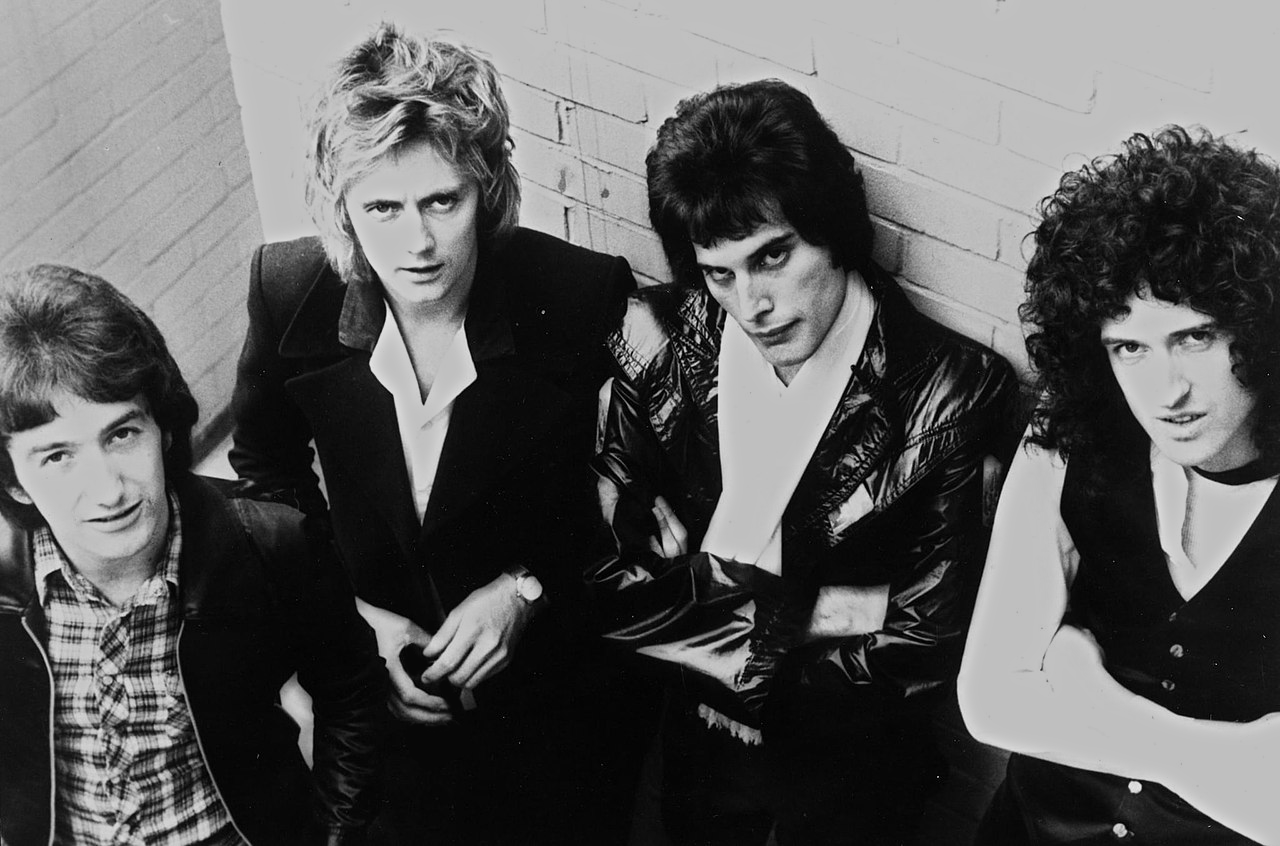 Christopher Hopper, Wikimedia Commons
Christopher Hopper, Wikimedia Commons
Kate Bush, “Wuthering Heights” (1978)
Written when she was only 18, “Wuthering Heights” was inspired by the classic Emily Brontë story (of course) but also the last 10 minutes of the 1967 BBC mini-series adaptation of the classic Victorian novel. Sharing a birthday with Emily Brontë, Kate Bush clearly felt a deep connection inspiring her to write a classic song belying her young age.
 Guido Harari, Wikimedia Commons
Guido Harari, Wikimedia Commons
James Taylor, “Fire And Rain” (1970)
The line “sweet dreams and Flying Machines in pieces on the ground” from “Fire and Rain”, although somewhat ominous, was in fact a reference to James Taylor’s first band, The Flying Machines, and their lack of success. A major success for Taylor, “Fire and Rain” was about his struggles with addiction and depression and was a key moment in the 1970s singer-songwriter movement.
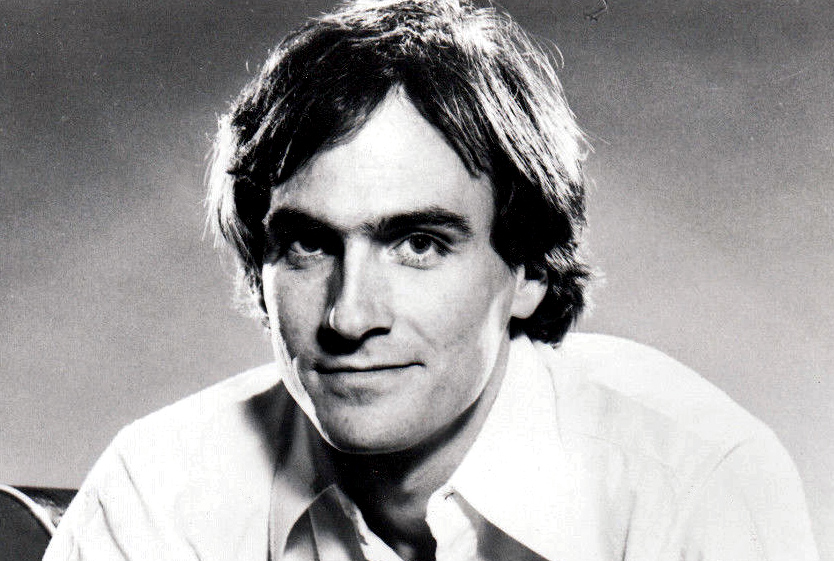 Columbia Records, Wikimedia Commons
Columbia Records, Wikimedia Commons
The Beatles, “Let It Be” (1970)
The last single to be released in the UK, “Let It Be” was the title track from the soundtrack of the documentary film which famously chronicled The Beatles’ breakup. Written about a dream he had about his mother, Paul McCartney developed the song over a number of years, starting during the White Album sessions in 1968. “Let It Be” was also a poignant reminder that the 1960s were The Beatles’ decade and it was now 1970 and The Beatles were no more.
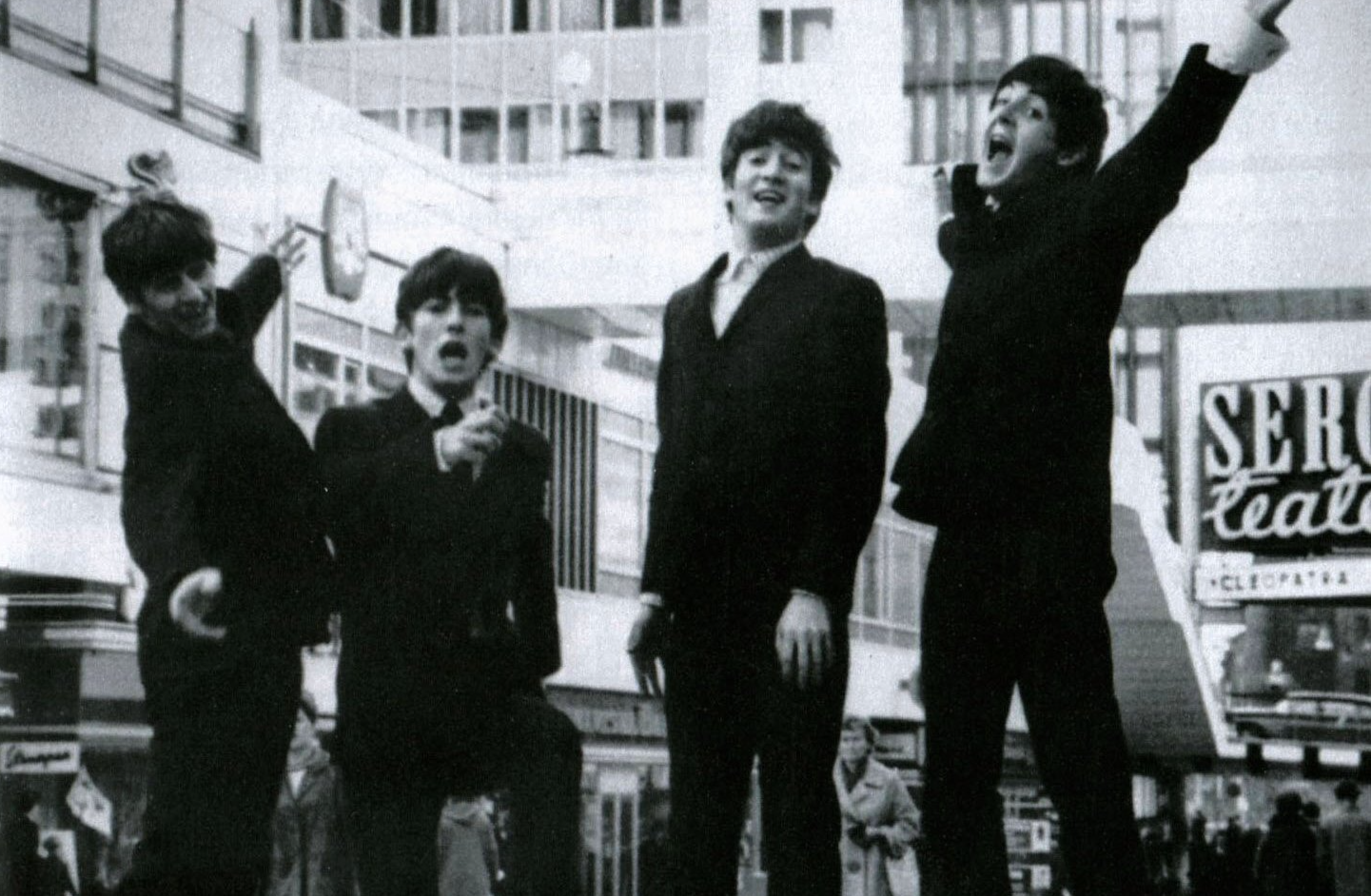 ingen uppgift, Wikimedia Commons
ingen uppgift, Wikimedia Commons
Rod Stewart, “Maggie May” (1971)
Originally the B-side to “Reason to Believe”, “Maggie May” ended up being Rod Stewart’s breakthrough hit as a solo artist. It tells a mostly autobiographical story about an older woman Stewart met when he was 16, although her name wasn’t Maggie May—that title was borrowed from an old Liverpool sailors’ song. Rod Stewart would go on to be one of the biggest artists of the 1970s.
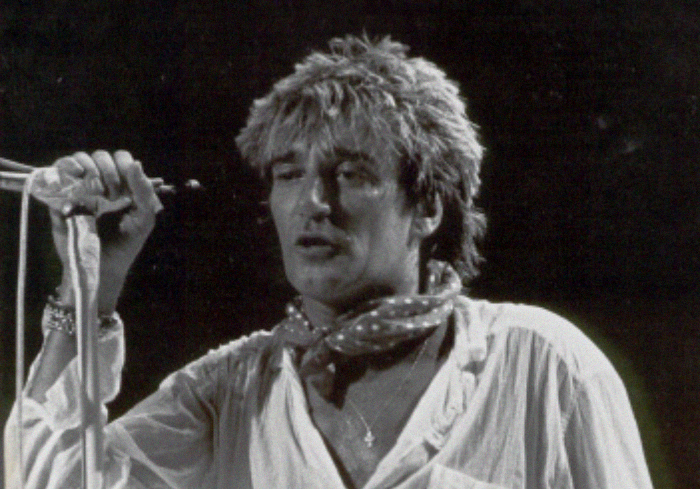 Rodstewartonair, CC BY-SA 3.0, Wikimedia Commons
Rodstewartonair, CC BY-SA 3.0, Wikimedia Commons
Commodores, “Easy” (1977)
The ultimate 1970s slow ballad, Commodores’ “Easy” is a quintessential story of the end of a relationship. Rather than being depressing, the song instead takes on a chill vibe, exemplified by its main refrain, about being “easy like a Sunday morning.”
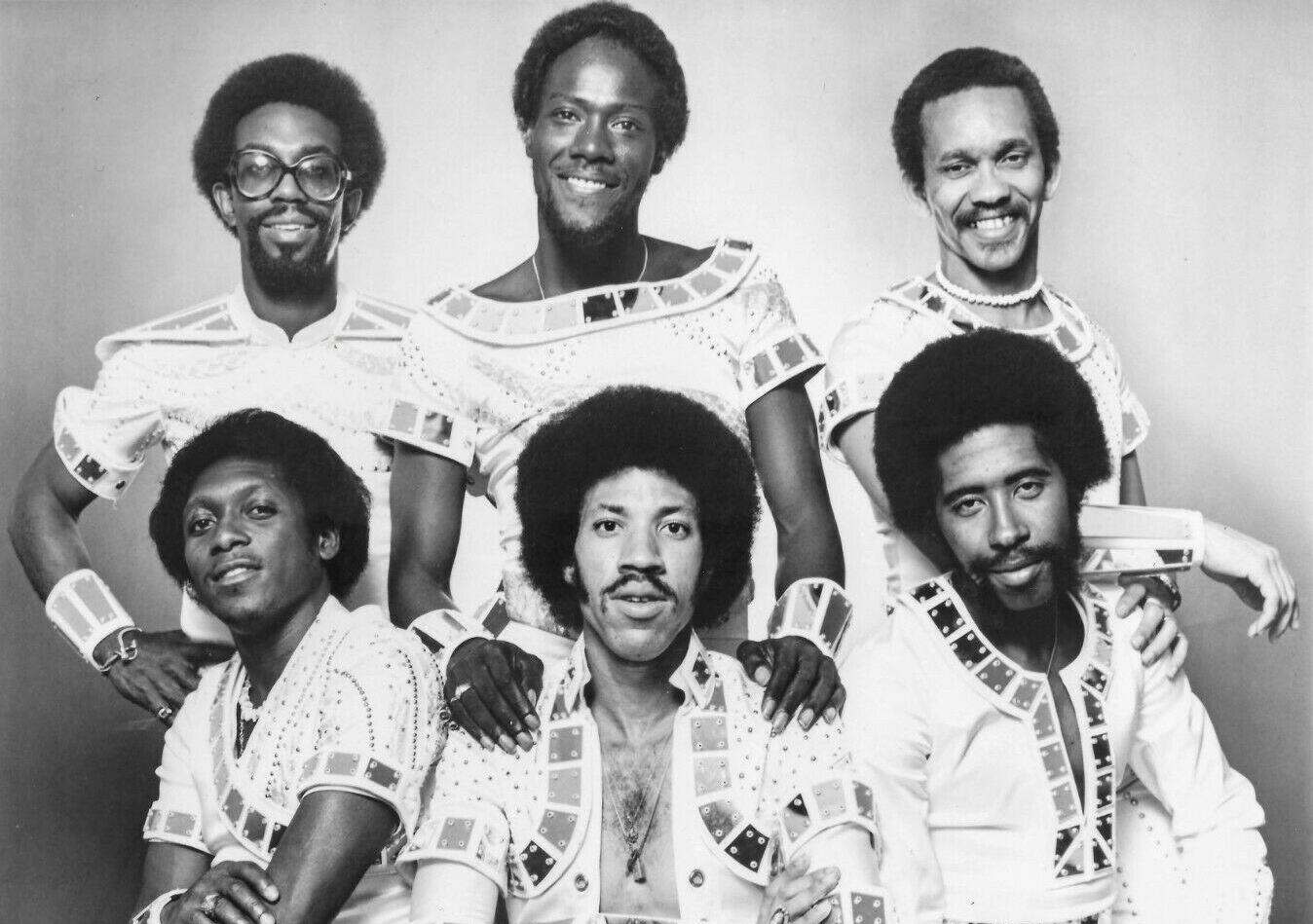 Motown Records, Wikimedia Commons
Motown Records, Wikimedia Commons
Blondie, “Heart Of Glass” (1979)
The breakthrough hit for New York underground band Blondie, “Heart of Glass” emerged in 1979, melding new wave and disco into an international hit. Blondie would score several more hits but “Heart of Glass” remains their signature song.
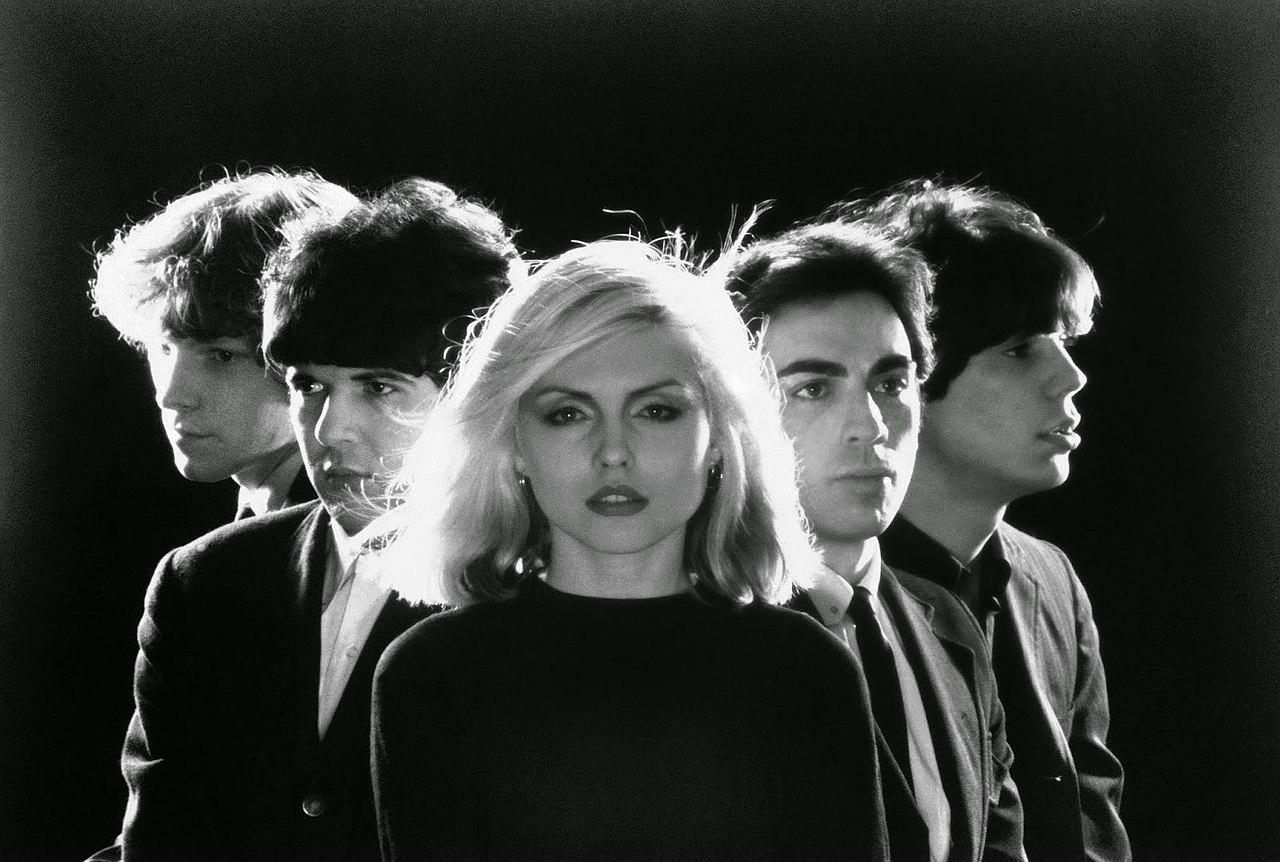 Private Stock Records, Wikimedia Commons
Private Stock Records, Wikimedia Commons
Donna Summer, “I Feel Love” (1977)
A key collaboration between Donna Summer and Giorgio Moroder, “I Feel Love” was groundbreaking in its use of electronics in disco. “I Feel Love” became a gay anthem and paved the way for synthpop and house music in the 1980s.
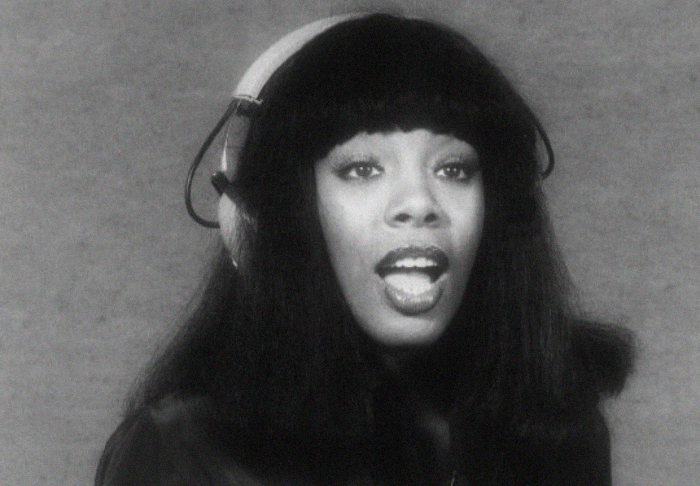 Casablanca Records, Wikimedia Commons
Casablanca Records, Wikimedia Commons
Elton John, “Goodbye Yellow Brick Road” (1973)
Elton John was everywhere in the 1970s. In many ways an artist made for those times, Elton John’s public image and songcraft exemplified much of the styles of the 1970s. A key collaboration with regular lyricist Bernie Taupin, “Goodbye Yellow Brick Road” is about wanting to go back to a simpler time after living a life of excess.
 Los Angeles Times, CC BY 4.0, Wikimedia Commons
Los Angeles Times, CC BY 4.0, Wikimedia Commons
Fleetwood Mac, “Dreams” (1977)
From 1975 to 1980, Fleetwood Mac represented a jaded, jaundiced view of being an adult at that time and their classic Rumours album was written and recorded in the midst of personal turmoil within the band. Drummer Mick Fleetwood was getting a divorce while having an affair with singer Stevie Nicks, who was ending her relationship with guitarist Lindsey Buckingham, while bassist John McVie was divorcing keyboardist Christine McVie (who was having an affair with the band’s sound guy). Messy stuff. The band’s three songwriters—Christine McVie, Buckingham, and Nicks—immortalized this drama, with Nicks writing “Dreams” as a response to Buckingham’s “Go Your Own Way”, which was written about her.
Fleetwood Mac, “Go Your Own Way” (1977)
Lindsey Buckingham’s message to Stevie Nicks during their breakup, “Go Your Own Way”, was part of the emotional rollercoaster that was Rumours. With everyone in the band breaking up and having affairs, Fleetwood Mac’s three songwriters put it all down in song.
 Warner Bros. Records, Wikimedia Commons
Warner Bros. Records, Wikimedia Commons
Bill Withers, “Ain’t No Sunshine” (1971)
“Ain’t No Sunshine” is a smooth soul ballad that exemplifies the vibe of the 1970s. It’s a story about two lovers who, Bill Withers stated, were “alternately weak and strong. Sometimes you miss things that weren’t particularly good for you”. That’s an apt description for the times, missing things that weren’t good for you.
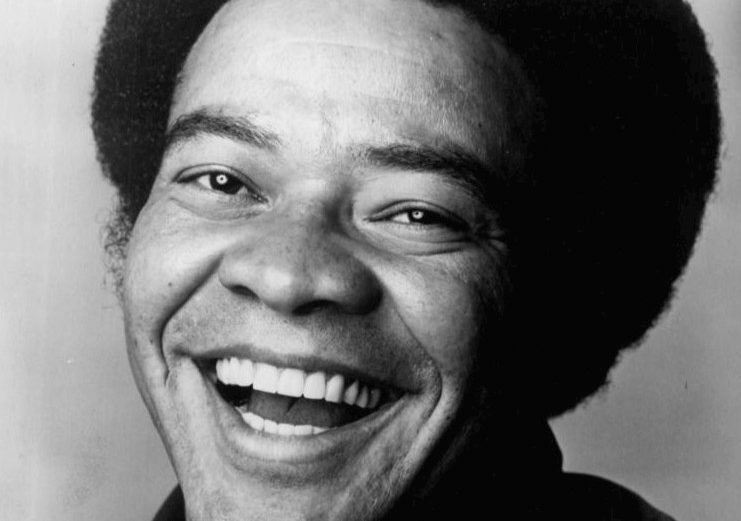 Columbia Records, Wikimedia Commons
Columbia Records, Wikimedia Commons
Dolly Parton, “Jolene” (1973)
This song is classic Dolly. Possibly her most acclaimed song, “Jolene” showcased Parton’s songwriting genius and her unmistakable voice. It was also a response to a real event, when Parton was newly married, and a red-headed bank clerk was flirting with Parton’s new husband.
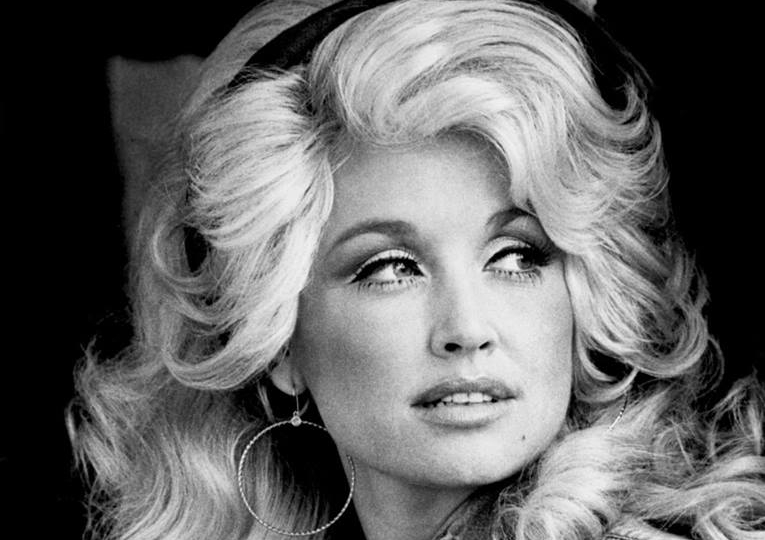 RCA Records, Wikimedia Commons
RCA Records, Wikimedia Commons
10cc, “I’m Not In Love” (1975)
10cc’s “I’m Not in Love” was a tour-de-force of production. Most of the instrumentation is the band’s multi-tracked voices, and the result is lush and seductive. The lyrics on the surface seem cynical and detached—the singer insisting he’s not in love, but the repeated insistence of not being in love ends up sounding like quite the opposite.
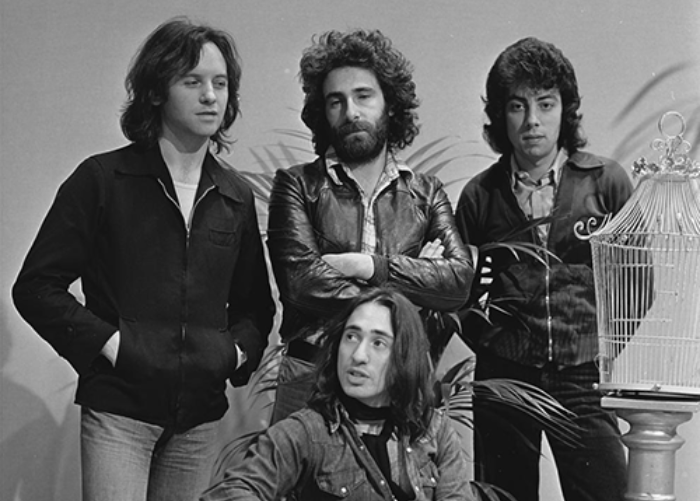 AVRO, CC BY-SA 3.0, Wikimedia Commons
AVRO, CC BY-SA 3.0, Wikimedia Commons
Stevie Wonder, “Superstition” (1972)
Stevie Wonder had an impressive string of hits in the 1960s, first as a child star billed as Little Stevie Wonder. By the 1970s, he wanted to take control of his music, writing and producing it himself and creating harder, funkier sounds. For such a key song in Wonder’s catalog, “Superstition” was originally given to a different artist when Motown’s Berry Gordy realized its hit potential for Wonder.
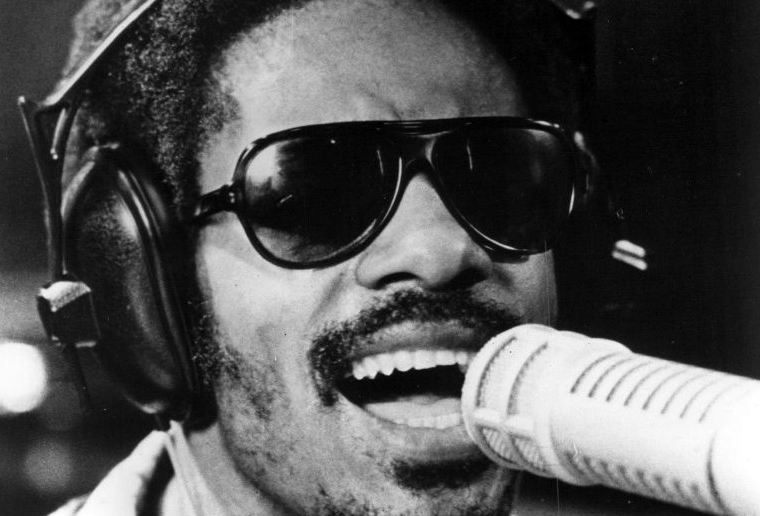 Motown Records, Wikimedia Commons
Motown Records, Wikimedia Commons
Michael Jackson, “Don’t Stop ‘Til You Get Enough” (1979)
Michael Jackson, another former child performer at Motown, also wanted to take control of his own music. His first solo album created under his own creative vision, Off the Wall was a huge hit and its lead single “Don’t Stop ‘til You Get Enough” broke Jackson through as a solo artist. In less than three years, Jackson would change music forever with his landmark Thriller album.
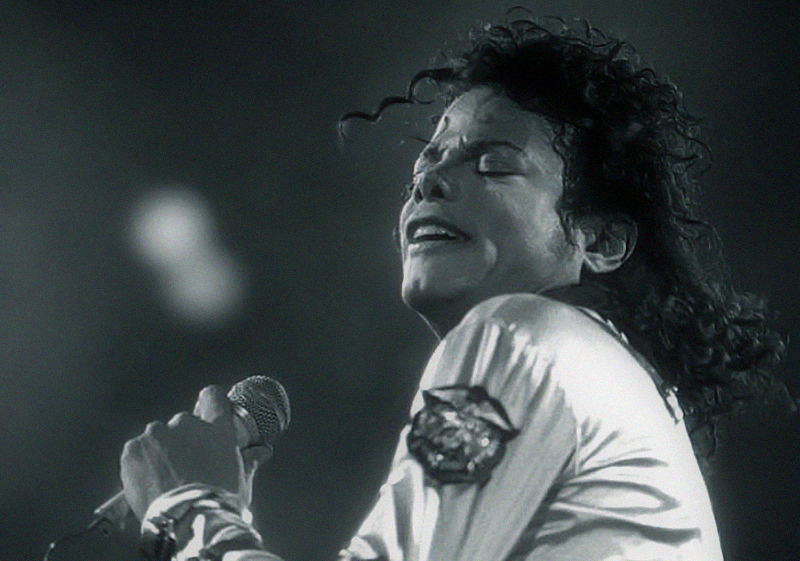 Zoran Veselinovic, CC BY-SA 2.0, Wikimedia Commons
Zoran Veselinovic, CC BY-SA 2.0, Wikimedia Commons
Gerry Rafferty, “Baker Street” (1978)
With a classic saxophone solo, “Baker Street” was Gerry Rafferty’s first release after disbanding his previous band Stealers Wheel. Because of legal issues, Rafferty found himself unable to record for three years and spending countless hours on the overnight train between Glasgow and London meeting with lawyers. He killed time in a flat on Baker Street where he hung out with a friend and wrote songs, hoping one day to get to actually record them.
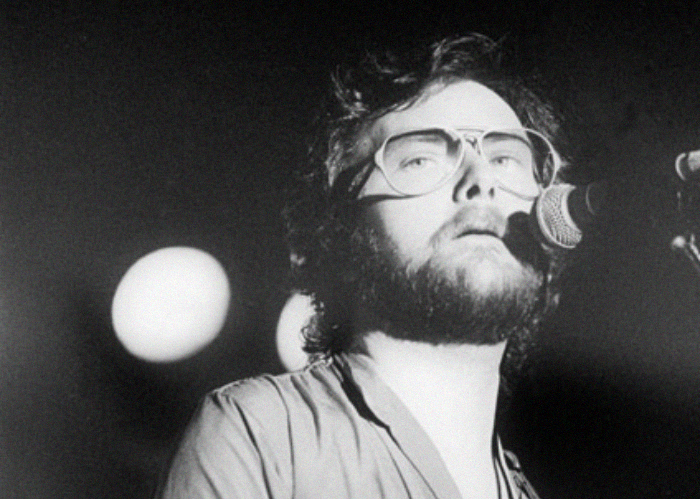 Eddie Mallin, CC BY-SA 2.0, Wikimedia Commons
Eddie Mallin, CC BY-SA 2.0, Wikimedia Commons
John Lennon, “Imagine” (1971)
John Lennon’s signature solo song, “Imagine”, was his timeless call for peace. One of the most covered songs in history, Lennon wrote the whole thing in one quick morning session. While The Beatles’ “Let It Be” and “The Long and Winding Road”, both released in 1970, were seen as a fitting farewell to The Beatles and the 1960s, “Imagine” was about moving on.
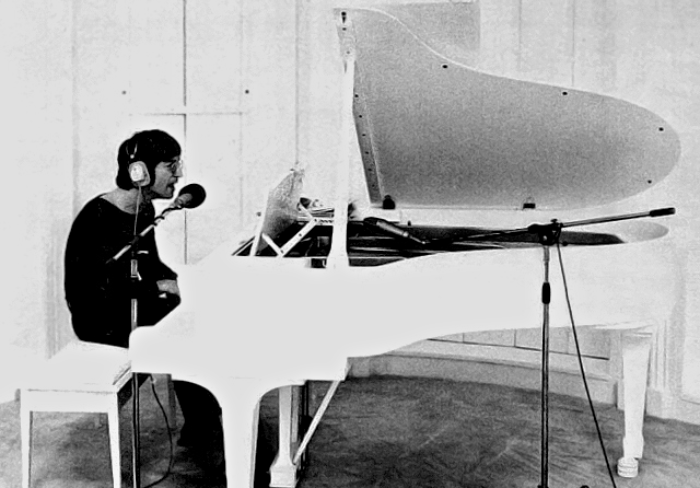 Peter Fordham, Wikimedia Commons
Peter Fordham, Wikimedia Commons
David Bowie, “Heroes” (1977)
Initially not a hit, “Heroes” became one of David Bowie’s signature songs. After witnessing producer Tony Visconti embracing his lover by the Berlin wall, Bowie composed “Heroes” as a story of two lovers, one from East Berlin, the other from West Berlin, with the Wall dividing them. Bowie performed “Heroes” on June 6, 1987, at the German Reichstag in West Berlin, and this is often seen as a key moment in the events leading up to the fall of the Berlin Wall two years later.
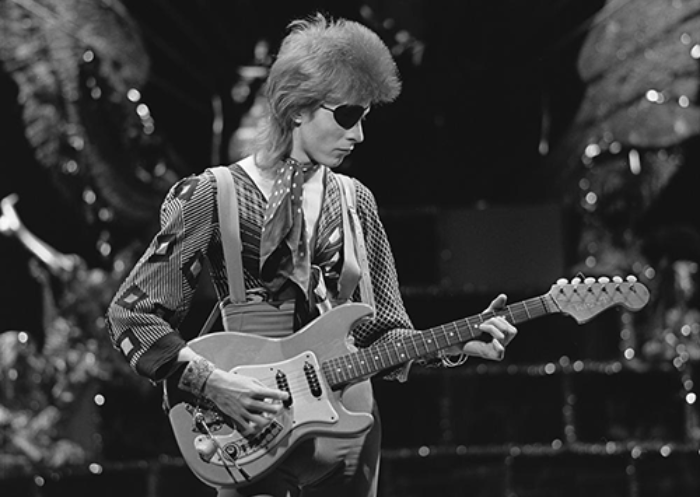 AVRO, CC BY-SA 3.0, Wikimedia Commons
AVRO, CC BY-SA 3.0, Wikimedia Commons
Simon & Garfunkel, “Bridge Over Troubled Water” (1970)
Along with The Beatles final singles, Simon & Garfunkel’s “Bridge Over Troubled Water” is often seen as a goodbye to the 1960s and a look ahead to the 1970s—this song also signaled the end of Simon & Garfunkel’s partnership. Written by Simon, “Bridge Over Troubled Water” was sung as a solo by Garfunkel, seen by many as symbolic of both their strengths as artists, and their split as a team.
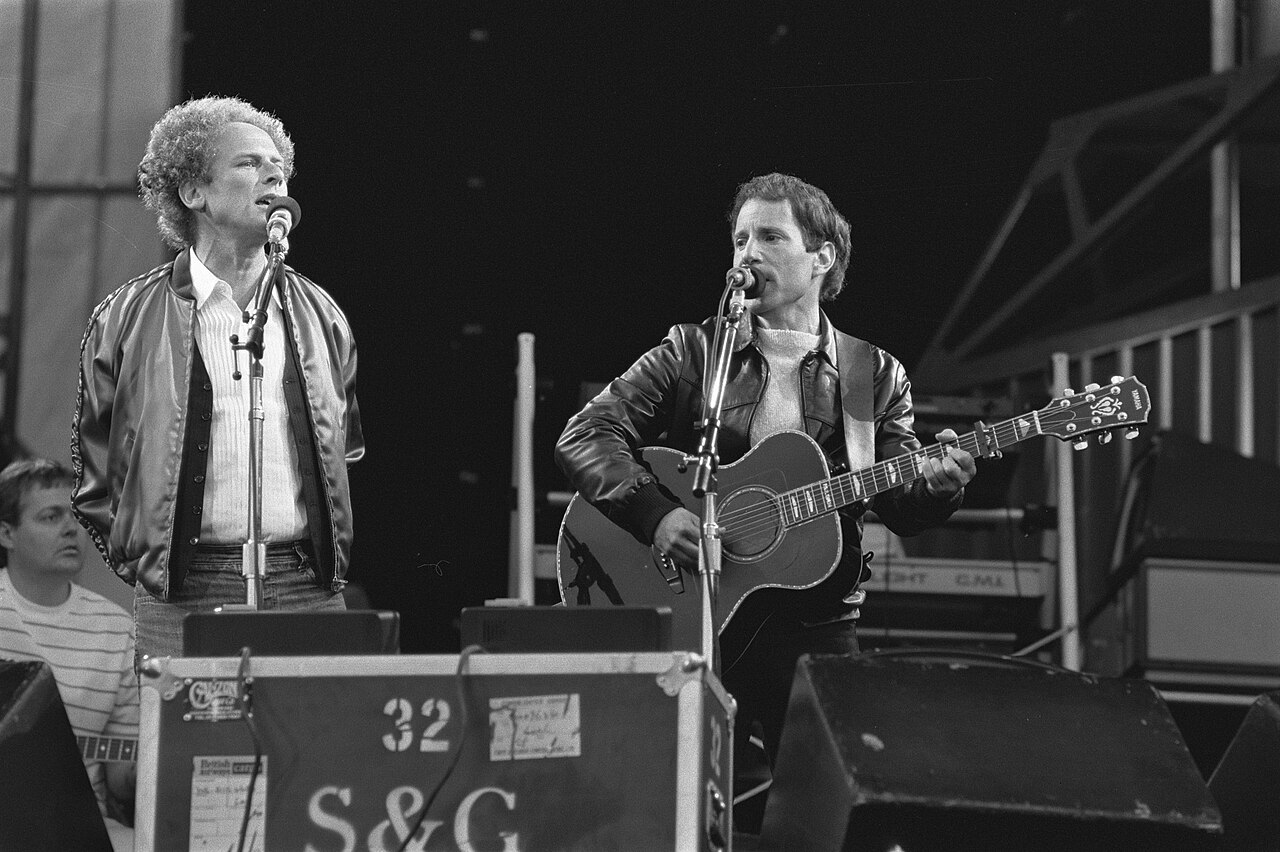 Rob Bogaerts / Anefo, CC0, Wikimedia Commons
Rob Bogaerts / Anefo, CC0, Wikimedia Commons
Bee Gees, “Stayin’ Alive” (1977)
The Bee Gees had a great deal of success in the 1960s but by the early 1970s, their career was stagnant. They began to shift their sound in an R&B direction and lead singer Barry Gibb’s new-found use of falsetto paved the way for the Bee Gees’ resurgence in the 1970s. “Stayin’ Alive” was the theme for the hit film Saturday Night Fever, and for good or for bad, the Bee Gees were seen as the kings of disco.
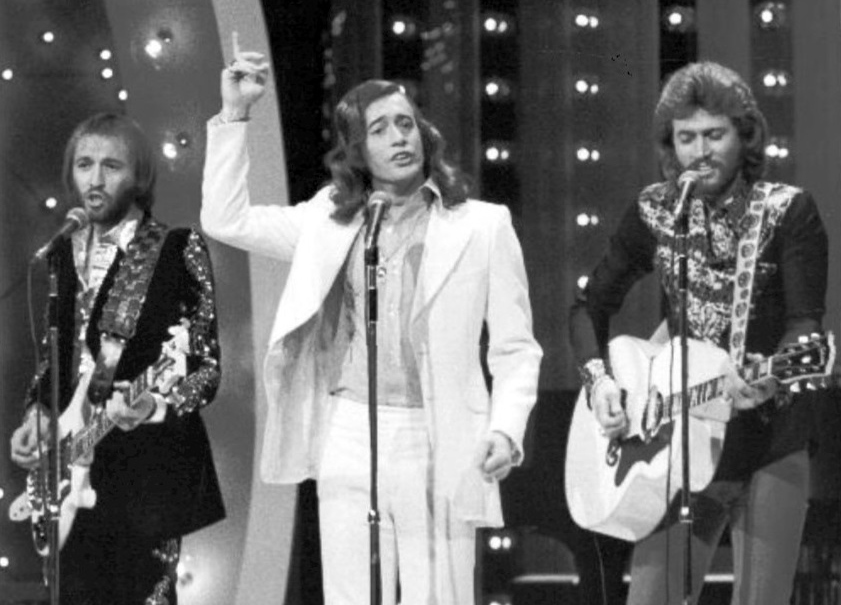 NBC Television, Wikimedia Commons
NBC Television, Wikimedia Commons
Eagles, “Hotel California” (1977)
Much of the music produced in the 1970s was geared towards a more adult audience, as the teenagers of the 1960s grew up and began living more complex lives. The music being produced by groups like Eagles was adult-oriented and could often be cynical—none more so than their signature hit “Hotel California”, from the album of the same name. With its ambiguous lyrics (“you can check out any time you like, but you can never leave”), “Hotel California” was as dark as it was catchy.
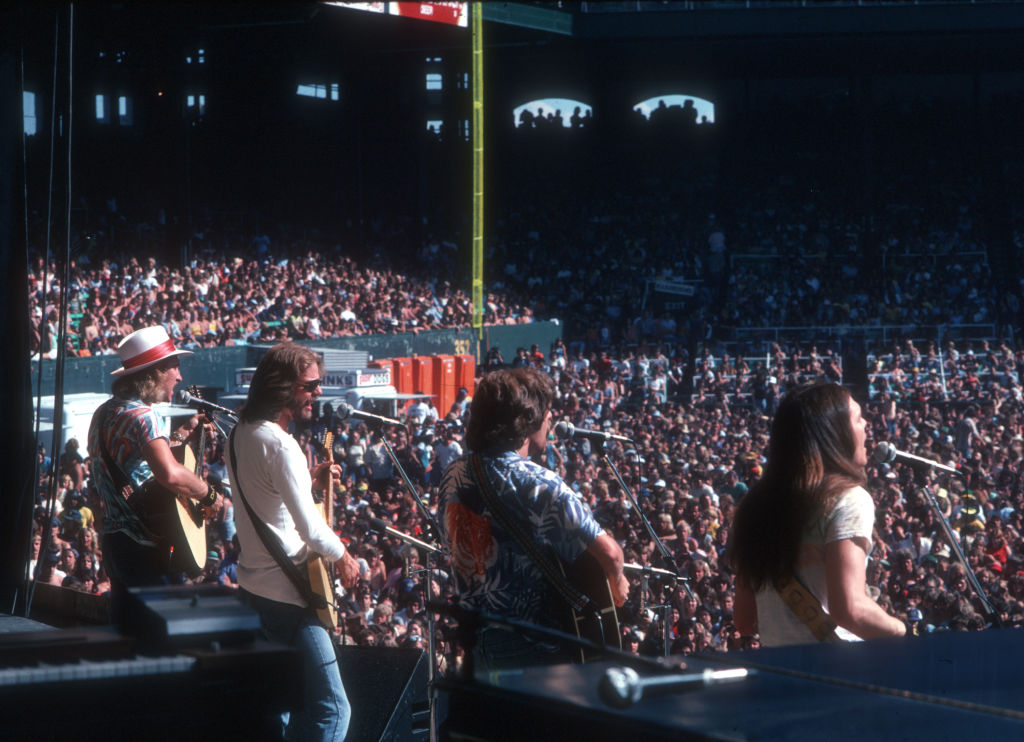 Michael Ochs Archives, Getty Images
Michael Ochs Archives, Getty Images
Queen, “Bohemian Rhapsody” (1975)
As its music became more complex and theatrical, Queen embraced the ethos of the times, releasing a six-minute song with several distinct sections and no chorus as a single. It was a hit. Considered by fans to be the greatest song of all time, the complex layering of vocals and instrumentation is an iconic work of the mid-1970s.
ABBA, “Dancing Queen” (1976)
Sweden’s ABBA had a number of hits under their belt when they released their biggest song, which would become one of the biggest of all time. A song that fills the dancefloor whenever it’s played, “Dancing Queen” takes on the burgeoning disco sound and combines it with pure pop, creating a timeless song about being carefree. Co-writer Benny Andersson stated that it was “one of those songs where you know during the sessions that it’s going to be a smash hit.”
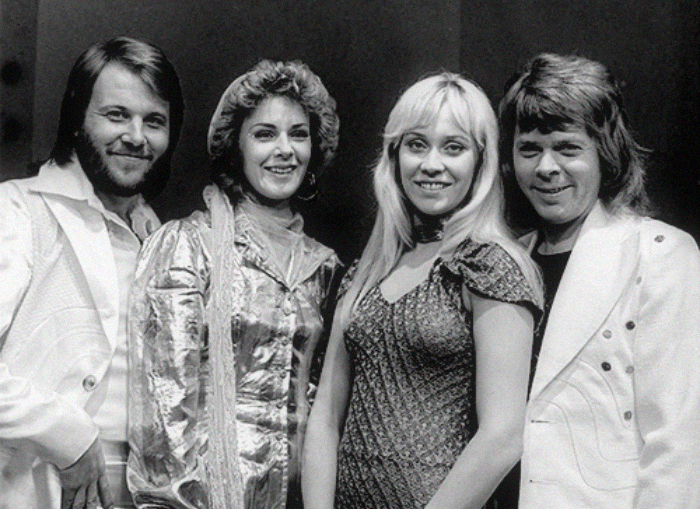 AVRO, CC BY-SA 3.0, Wikimedia Commons
AVRO, CC BY-SA 3.0, Wikimedia Commons
Wild Cherry, “Play That Funky Music” (1976)
A hit for one-hit wonders Wild Cherry, “Play That Funky Music” is a huge funk-rock classic, renowned for its groove and catchy chorus: “play that funky music, white boy/play that funky music right”. The song eventually sold over 2.5 million copies.
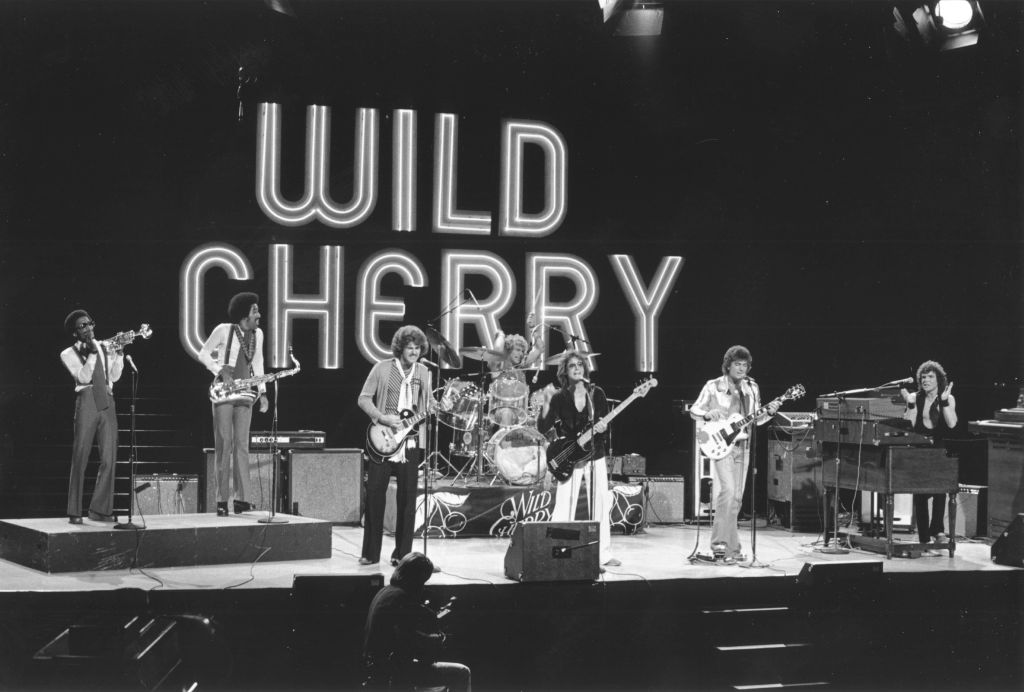 Michael Ochs Archives, Getty Images
Michael Ochs Archives, Getty Images
Supertramp, “The Logical Song” (1979)
Supertramp had some success in their native UK and their albums had sold well in the US. In 1979, however, Supertramp broke through internationally with their biggest album, Breakfast in America, and the lead single, “The Logical Song”. A song about growing up and losing innocence, its unconventional song structure appealed to late 1970s audiences and remains their biggest hit.
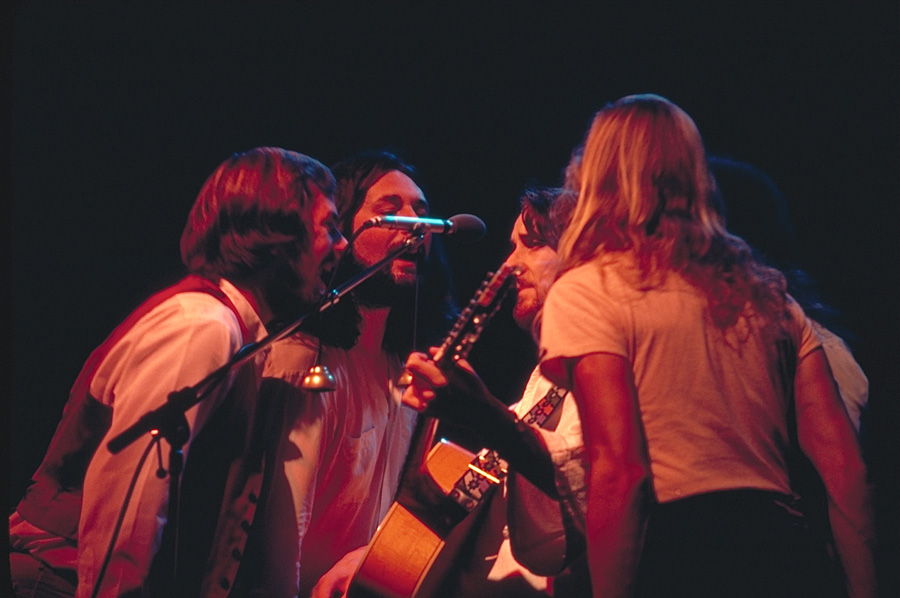 Rs3, CC BY-SA 3.0, Wikimedia Commons
Rs3, CC BY-SA 3.0, Wikimedia Commons
Chic, “Good Times” (1979)
Chic had already scored big with the disco classic “Le Freak” (1978) when they released this game-changer. One of the most sampled songs in history, thanks to its key bass riff (borrowed by Queen’s bassist John Deacon for Queen’s #1 hit “Another One Bites the Dust”), the influence of “Good Times” goes beyond disco and into genres such as electronica, hip-hop, and punk.
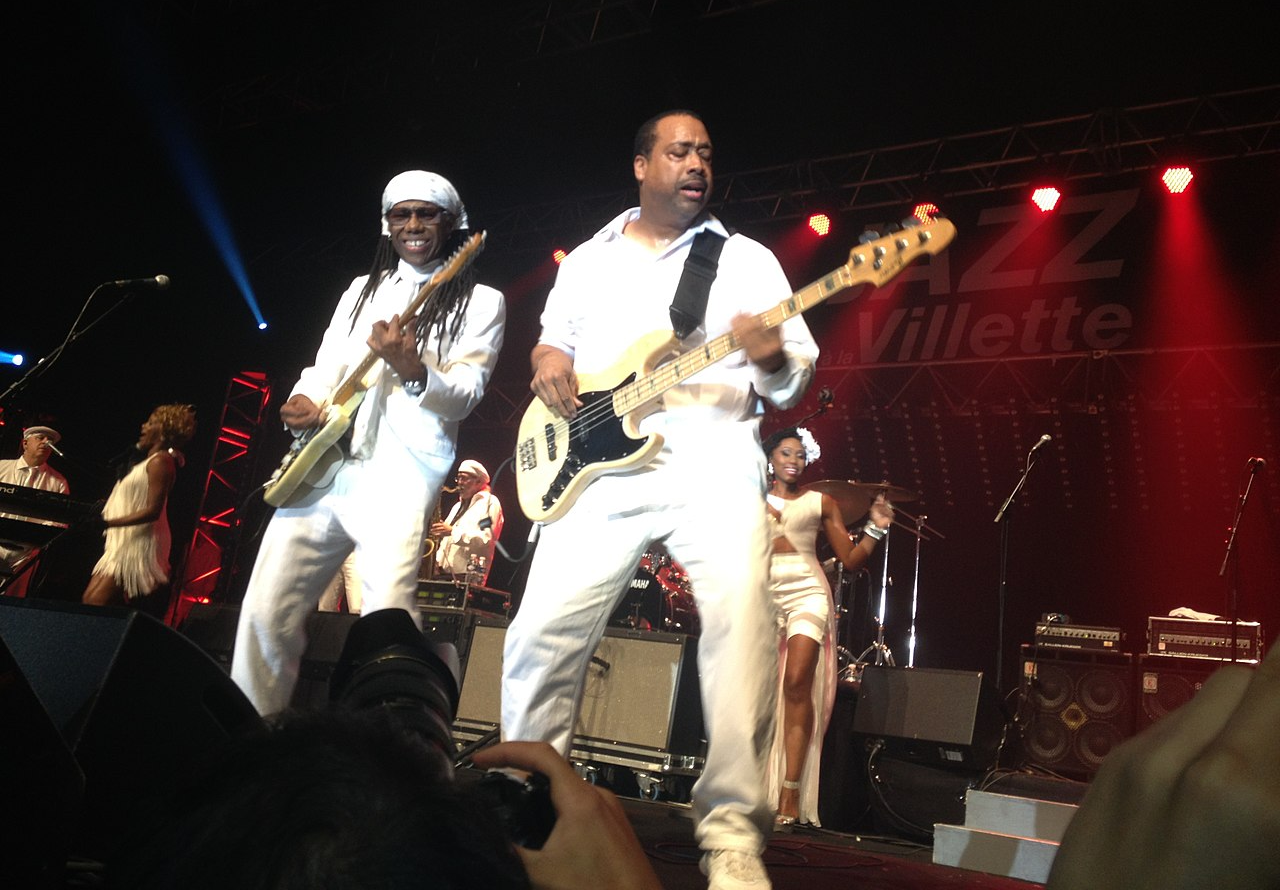 Jmex, CC BY-SA 3.0, Wikimedia Commons
Jmex, CC BY-SA 3.0, Wikimedia Commons
Earth, Wind And Fire, “September” (1978)
An upbeat disco classic, “September” was an international hit for Earth, Wind and Fire. Forever immortalizing September 21 in its lyrics (“do you remember, the 21st night of September?”), songwriter Maurice White insists the date has no significance, it just sounded good in the song.
 Columbia Records, Wikimedia Commons
Columbia Records, Wikimedia Commons
Gordon Lightfoot, “If You Could Read My Mind” (1970)
Canada’s Gordon Lightfoot broke through into the US market with his signature “If You Could Read My Mind”. He had hits before and continued to have hits through the 1970s, but this is the song he’s most remembered for, at least outside his native Canada. A song about the failure of his marriage, he wrote it in a vacant house in Toronto one summer day.
 Piedmontstyle, CC BY 3.0, Wikimedia Commons
Piedmontstyle, CC BY 3.0, Wikimedia Commons
The Doobie Brothers, “What A Fool Believes” (1978)
The Doobie Brothers had a string of hits through the 1970s but it was when the uniquely voiced Michael McDonald joined the band that they ended up with their biggest hit. Written by McDonald and Kenny Loggins and featuring McDonald’s distinctive vocals, “What a Fool Believes” was one of the biggest non-disco hits of 1978.
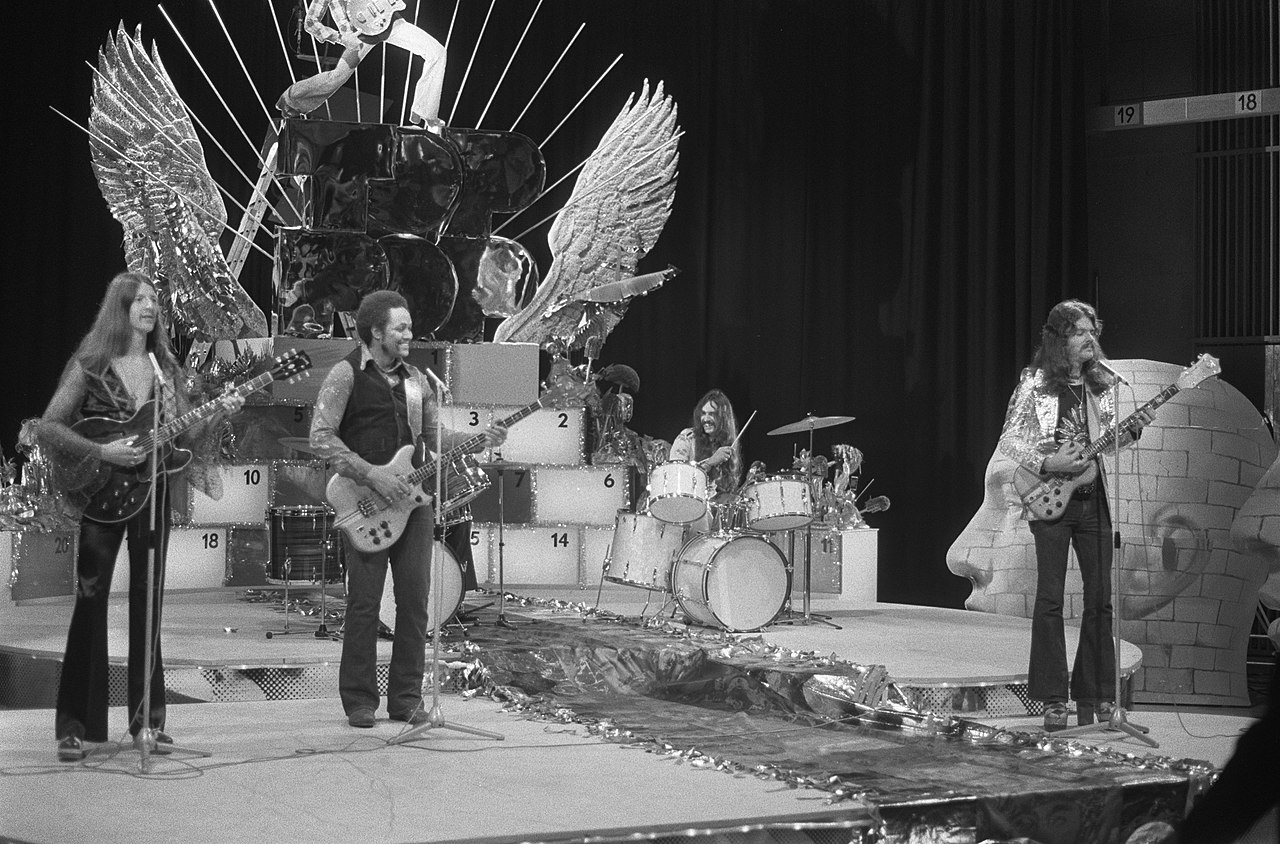 Hans Peters, CC0, Wikimedia Commons
Hans Peters, CC0, Wikimedia Commons
Gloria Gaynor, “I Will Survive” (1978)
Initially a B-side, Gloria Gaynor’s “I Will Survive” became a disco anthem for both female empowerment and the gay rights movement. Essentially about moving on from a bad relationship, the lyrics resonated with listeners on and off the dance floor. It continued in popularity in the 1980s when it became an anthem for victims and survivors of the AIDS epidemic.
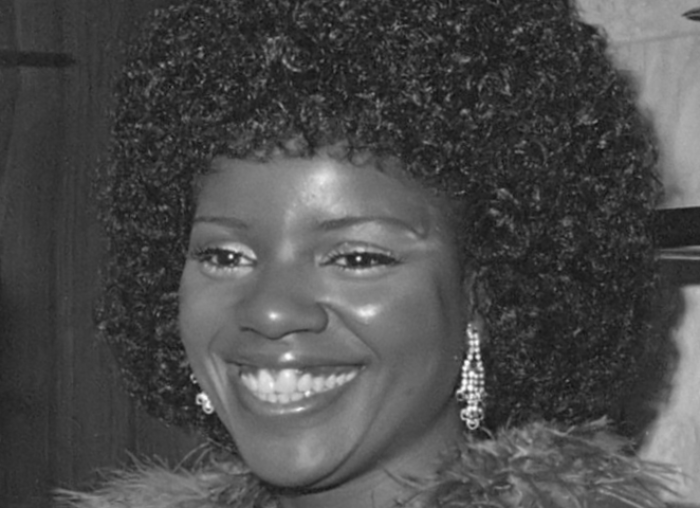 Rob Mieremet / Anefo, CC0, Wikimedia Commons
Rob Mieremet / Anefo, CC0, Wikimedia Commons
Buggles, “Video Killed The Radio Star” (1979)
A synthpop breakthrough hit, the Buggles “Video Killed the Radio Star” was less about the 1970s than it was about the coming 1980s. A song about the mixed feelings that come with accepting new technology, it was also immortalized as the first song to be played on the video music channel MTV, in 1981.
Elton John, “Rocket Man” (1972)
With lyrics by Bernie Taupin, Elton John’s “Rocket Man” exemplified the ethos of the 1970s with everything being glittery and not-quite what they seem to be. There’s a basic story in the song: an astronaut’s feelings about leaving his family for a long time, but it also seems to be about something else. It seems to speak to excessive living and the inevitable come down that leads to a (sometimes bittersweet) reunion with home, along with the ultimate 1970s concern with finding oneself.
 Raph_PH, CC BY 2.0, Wikimedia Commons
Raph_PH, CC BY 2.0, Wikimedia Commons

